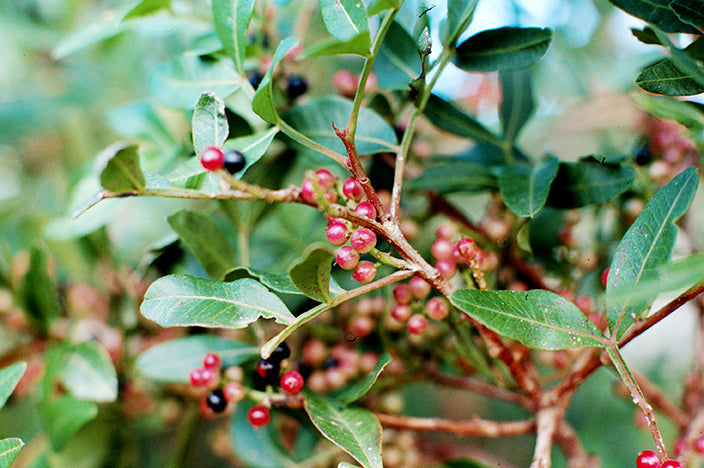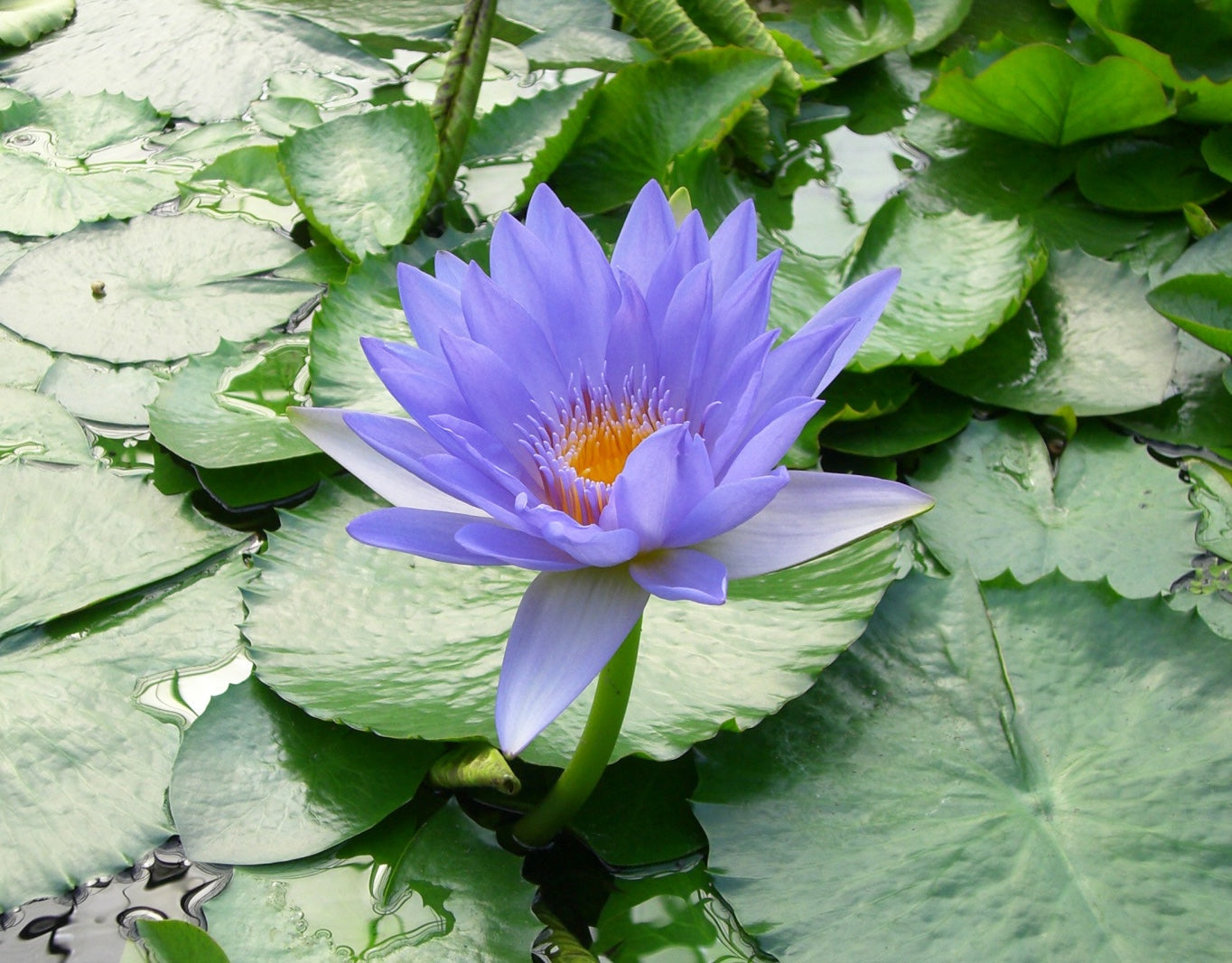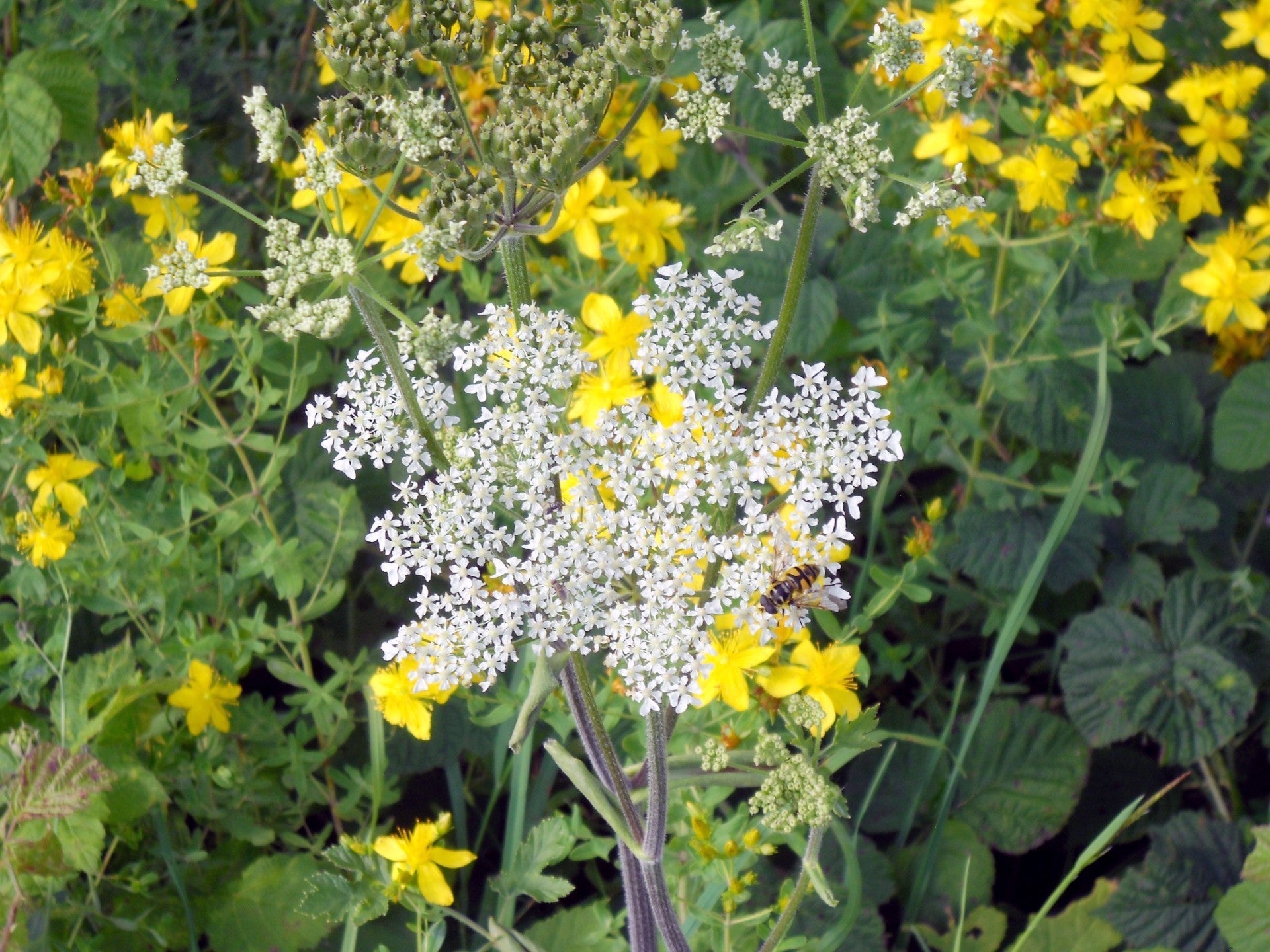From the Desk of Dr. Kurt Schnaubelt
Today I would like to discuss characteristics of some less common oils. The idea is to derive a bit of inspiration from these slightly strange yet highly effective oils.
Borneo Camphor (also known as "Long Nao")
Long Nao is the famous element of every Chinese Medicine cabinet. Borneo Camphor (Dryobalanops aromatica) has been a celebrated fragrance and pharmaceutical in the Tang Dynasty and probably earlier. Notwithstanding its name the main component of the oil is borneol. Borneo Camphor should not be confused with Camphor oil from the Cinnamomum Camphora tree.
Borneol is one of the most precious terpene alcohols with regard to its activities vis a vis our immune status. When gamma globulin levels are too high, leading to chronic inflammation, borneol has been shown to reduce the excess. It has also been shown, in connection to immune over-reactions caused by recent pandemic viruses, to inhibit over-expression of IL -6 and similar proteins, helping to prevent cytokine storms.
For more information, we invite you to download our Cytokine and Essential Oils PDF via this link.
Beyond these properties, Long Nao’s Chinese history is most interesting in its own right. Its Chinese name means "Dragon’s Brain", indicating its powerful effect on the brain and nervous system. In Chinese Medicine it is credited with powers to remedy emergencies such as bringing one back from states of shock, delirium, loss of consciousness or heart failure.

Fragonia
Fragonia (Agonis fragrans) is an important component of the aromatherapy apothecary. First distilled in Australia by Peta and John Day, of the Paperbark Company, it has been rendered well respected through the work and writings of Daniel Pénoël.
Accordingly, Fragonia is effective in treating a range of physical conditions. It is also cherished for its unique emotional properties, working at a deep level to release blockages and having the capacity to bring harmony, peace, and balance. Pénoël credits it with the ability to regulate, bringing the body’s natural healing abilities back into line.
On the physical plane, Fragonia has a positive influence on the respiratory system (Dr. Pénoël). It has also been shown to be an efficient anti-microbial, anti-fungal, and anti-inflammatory agent.

Guava Leaf
During the pandemic, Guava Leaf (Psidium guajava L.) was discovered by modern French Style Aromatherapy as an essential oil, whose properties help prepare the body to resist viral attack by boosting the immune system. It does this through its abundance of beta-caryophyllene, a non-toxic, non-phototoxic, non-allergenic, volatile sesquiterpene compound.
The French protagonists were so convinced of the mild nature of the oil that they recommended the following oral use:
Add 2 drops to some base oil (or on a piece of sugar). Take it 3 times a day, for 10 or 12 days. Take a break of 1 or 2 days, then start again.
Explore Guava Leaf

Mastick
Mastick (Pistacia lentiscus) essential oil is a hidden gem in the aromatherapy universe. Different from many essential oils, which often are helpful but not very specific with regards to circulatory issues, Mastick is a surprisingly specific tonic for venous and lymphatic circulation.
Uniquely, it also has a direct connection to male complaints, as it helps with all prostate issues. Mastick grows readily in the landscapes surrounding the Mediterranean basin.
Its fragrance is somewhat turpentine-like, freshly balsamic, with hints of white pepper, unlike any other essential oil. With its unusual astringent qualities, Mastick lends itself as the main component for synergies helping with varicose veins, hemorrhoids and, according to French Style Aromatherapy also thrombosis. It is also used for leg swellings and gastric ulcer and bedsores. It is integrated into the aromatherapy treatment of prostatitis, benign prostate hyperplasia and, according to French authors, also for non-benign prostate conditions.
For Varicose Veins:
Mastick is often blended with Atlas Cedarwood, Spearmint, and Helichrysum.
For Prostate Issues:
-
Mastick can be combined with Clove, Patchouli, and Helichrysum or with Atlas Cedarwood, Cassia, and Clove, as an alternative.
Common Base Oils for the Mastick Synergies:
-
Tamanu (Calophyllum inophyllum) and/or infused oil of St. Johnswort (Hypericum perforatum).
*These statements have not been evaluated by the FDA. This product does not intend to treat, diagnose, cure, or prevent any disease. If you’re pregnant, breastfeeding, or on any medications, please consult with a qualified health professional before beginning any new herbal products. In some rare cases outbreaks can occur. If you experience any discomfort discontinue the use immediately.




Share:
Blog - An Exotic Rarity: Blue Lotus Wax & Absolute